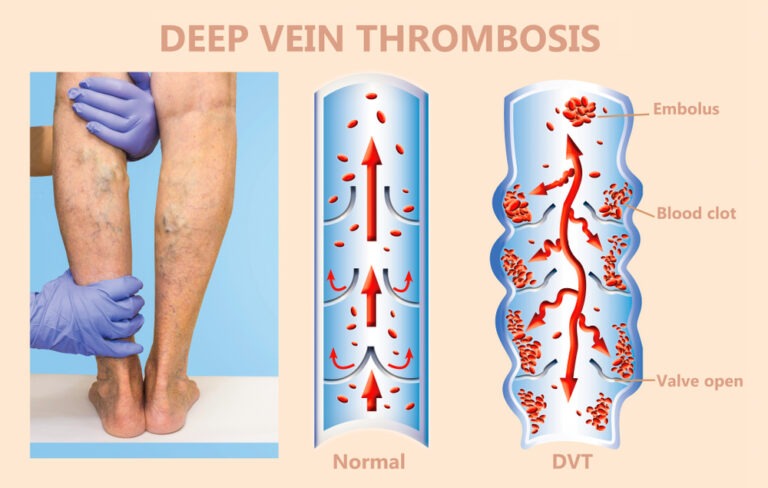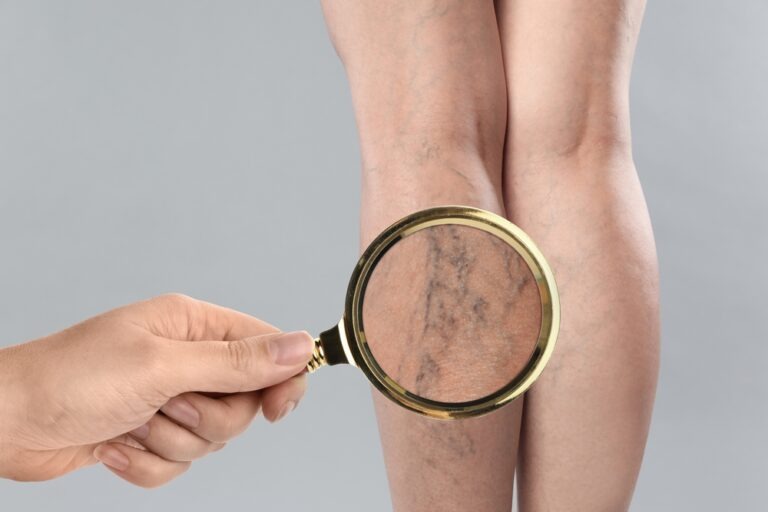Risk Factors Behind Plantar Fasciitis
Many factors can increase the risk of developing plantar fasciitis. Some of these factors are not under your control. Still, some of the factors you can modify to maintain the normal pressure of body weight on the sole of the foot and to reduce the overload, which may cause plantar fasciitis. These risk factors include:
- Age. The age group which is most commonly affected by plantar fasciitis is between 40-70.
- Overweight. Any extra pounds can make an overload on the plantar fascia, especially if you are standing for long periods, which can make the impact of gravity more on the plantar fascia and resulting in more stress. That impact can speed up the tear and wear mechanism faster during different daily activities, causing plantar fasciitis. Obesity is seen in 70% of plantar fasciitis cases. So, you don’t have to be one of them.
- Certain occupations. Occupations that need a standing or walking for prolonged periods like teaching, Security men, or factory workers, …etc. That can damage plantar fascia, especially with the availability of previous risk factors.
- Individual sports and vigorous exercising. Sports, like running for long distances, ballet dancing, or exercising vigorously, especially with that repetitive high impact movements, can make stress on the plantar fascia.
- Biomechanics of ankle joint and foot. If you have a flat foot or any abnormal pattern of movement of your foot or ankle during standing or walking, or even your foot is highly arched like in pes cavus deformity, then you’re prone to suffer from plantar fasciitis.
- Inappropriate footwear. Wearing high heel shoes, especially for prolonged periods, can increase the tightness of Achilles tendon, and that will disturb the biomechanics in between Achilles tendon and plantar fascia resulting in more stress.
- Leg length discrepancy. If you have a leg length inequality congenitally or due to a previous surgery like for instance Total hip replacement (THR) or an internal fixation surgery for a comminuted fracture or something like that, then you have to ask your doctor or physical therapist which type of insole or shoe raise you can use to compensate for the lack of leg height.
(32 Pack) - Pink Tape with Gentle Adhesion, Pain-Free Removal, Hypoallergenic & Skin-Friendly, Athletic, Sports Tape, Ideal for Athletic and Sports Use
$9.99 (as of April 22, 2025 16:40 GMT +00:00 - More infoProduct prices and availability are accurate as of the date/time indicated and are subject to change. Any price and availability information displayed on [relevant Amazon Site(s), as applicable] at the time of purchase will apply to the purchase of this product.)2 Pack Portable Extendable Back Scratcher, Kuvvfe Stainless Steel Telescoping Back Scratcher with Beautiful Present Packaging
$4.99 ($2.50 / Count) (as of April 22, 2025 16:55 GMT +00:00 - More infoProduct prices and availability are accurate as of the date/time indicated and are subject to change. Any price and availability information displayed on [relevant Amazon Site(s), as applicable] at the time of purchase will apply to the purchase of this product.)High-quality products:The Portable Extendable Back Scratcher... read more
2PC Kresin Joint Massage Gel Purple Gel
9% Off[Gel Texture] [Suitable For] [Kresin Joint Purple Gel] - Thi... read more
3 in 1 Postpartum Belly Band - Postpartum Belly Support Recovery Wrap, After Birth Brace, Slimming Girdles, Body Shaper Waist Shapewear, Post Surgery Pregnancy Belly Support Band (S/M, Beige)
15% Off3-in-1 Postpartum Belly Band in 4 Sizes : S/M, M/L, XL, and ... read more
3M Littmann Classic III Monitoring Stethoscope, 5803, More Than 2X as Loud*, Weighs Less, Stainless Steel Black-Finish Chestpiece, 27' Black Tube, Stem and Headset
$118.16 (as of April 22, 2025 18:31 GMT +00:00 - More infoProduct prices and availability are accurate as of the date/time indicated and are subject to change. Any price and availability information displayed on [relevant Amazon Site(s), as applicable] at the time of purchase will apply to the purchase of this product.)Monitor and assess a wide range of patients and detect norma... read more










